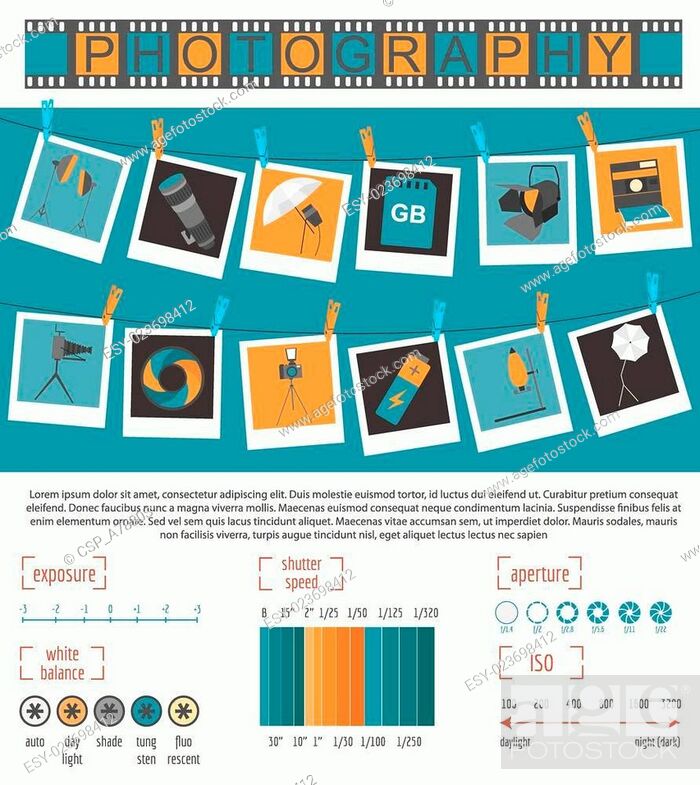What Every Digital Photographer Ought To Find Out About Illumination
What Every Digital Photographer Ought To Find Out About Illumination
Blog Article
Composed By-Parks Ibrahim
As a professional photographer, you know that lighting can make or damage your pictures. Recognizing the subtleties of both all-natural and man-made light is essential for recording the mood and clearness you aim for in your work. Whether you're chasing after the excellent gold hour glow or tweak your synthetic arrangements, mastering these elements can raise your photography substantially. But there are common risks that many ignore, and recognizing them can transform your strategy to every shoot. Let's explore what you might be missing out on and how it can impact your results.
Comprehending All-natural Light
Understanding natural light is critical for any type of photographer wanting to boost their job. It's the foundation of wonderful photography, influencing state of mind, tone, and clearness. When you fire outdoors, take notice of the time of day. The gold hour-- shortly after sunup and prior to sundown-- offers soft, warm light that can change common scenes into stunning photos.
Do not undervalue the power of cloudy days. https://www.liveinternet.ru/users/nygaard_medlin/post509045680 diffuses sunshine, creating a soft, also light that's perfect for portraits and macro photography. You'll discover colors appear this type of lighting without extreme darkness.
Positioning issues, as well. Constantly consider your subject's positioning to the light. If Executive headshot photographer 's behind your subject, you may wind up with a silhouette, which can be remarkable however mightn't be what you want. Alternatively, straight sunlight can develop uncomplimentary shadows.
Try out https://telegra.ph/Imaginative-Photography-Ideas-Releasing-Your-Imagination-01-09 ; in some cases, altering your perspective can yield incredible results. Use natural reflectors, like water or sand, to jump light onto your topic, adding measurement.
Learning Artificial Light
Mastering man-made light is essential for professional photographers that intend to take their abilities to the next level. Whether you're using speedlights, workshop strobes, or continuous lights, recognizing just how to manipulate these sources can considerably boost your images.
Beginning by acquainting on your own with the basics of light top quality, instructions, and color temperature level. Try out different modifiers like softboxes, umbrellas, or grids to manage the soft qualities or cruelty of the light.
You'll discover that soft light typically creates lovely results, while harsher light can include dramatization and depth. Don't avoid darkness; they can boost the three-dimensionality of your topics.
Pay close attention to the positioning of your lights. A light positioned as well close to your topic can create uncomplimentary results, while too far away can result in a lack of detail. Use a light meter or your cam's histogram to ensure you're revealing appropriately.
Last but not least, remember that man-made light can be blended with ambient light for imaginative results. Balancing these sources might take technique, but once you understand it, your digital photography will genuinely radiate.
Methods for Different Situations
When you step into different shooting scenarios, adjusting your lighting techniques is crucial for capturing the best images. For http://archie4sean.xtgem.com/__xt_blog/__xtblog_entry/__xtblog_entry/37577125-open-your-mind-to-a-globe-of-cutting-edge-digital-photography-concepts-that-test-conventions-and-influence-creativity-exposing-a-brand-new-dimension-of-your-artistic-vision?__xtblog_block_id=1#xt_blog , use the golden hour-- early morning or late afternoon light-- to soften darkness and boost skin tones.
If it's a severe lunchtime sun, think about using a reflector to jump light back onto your subject or look for shaded locations for a more even direct exposure.
In low-light circumstances, like interior occasions, boost your ISO and utilize a broad aperture to allow in more light. A tripod can help eliminate cam shake, permitting longer direct exposures without blurring.
If you're shooting at night, trying out off-camera flash to create dynamic lighting and deepness in your pictures.
For product digital photography, utilize diffused illumination to stay clear of rough reflections. Softboxes or light tents can aid achieve this result.
When photographing landscapes, think about the direction of light and time of day, as it can significantly alter the state of mind of your shot.
Always prepare to readjust your settings and positioning based on the situation, as adaptability is key to understanding lights in photography.
Final thought
Finally, mastering illumination is vital to boosting your digital photography abilities. Embrace all-natural light's charm throughout gold hour, and do not avoid try out synthetic light techniques. By adapting your approach to different circumstances, you'll capture spectacular pictures that reverberate with feeling and quality. Bear in mind, the appropriate lights can change an average shot into something phenomenal, so maintain practicing and refining your understanding of both all-natural and synthetic light. Delighted shooting!
